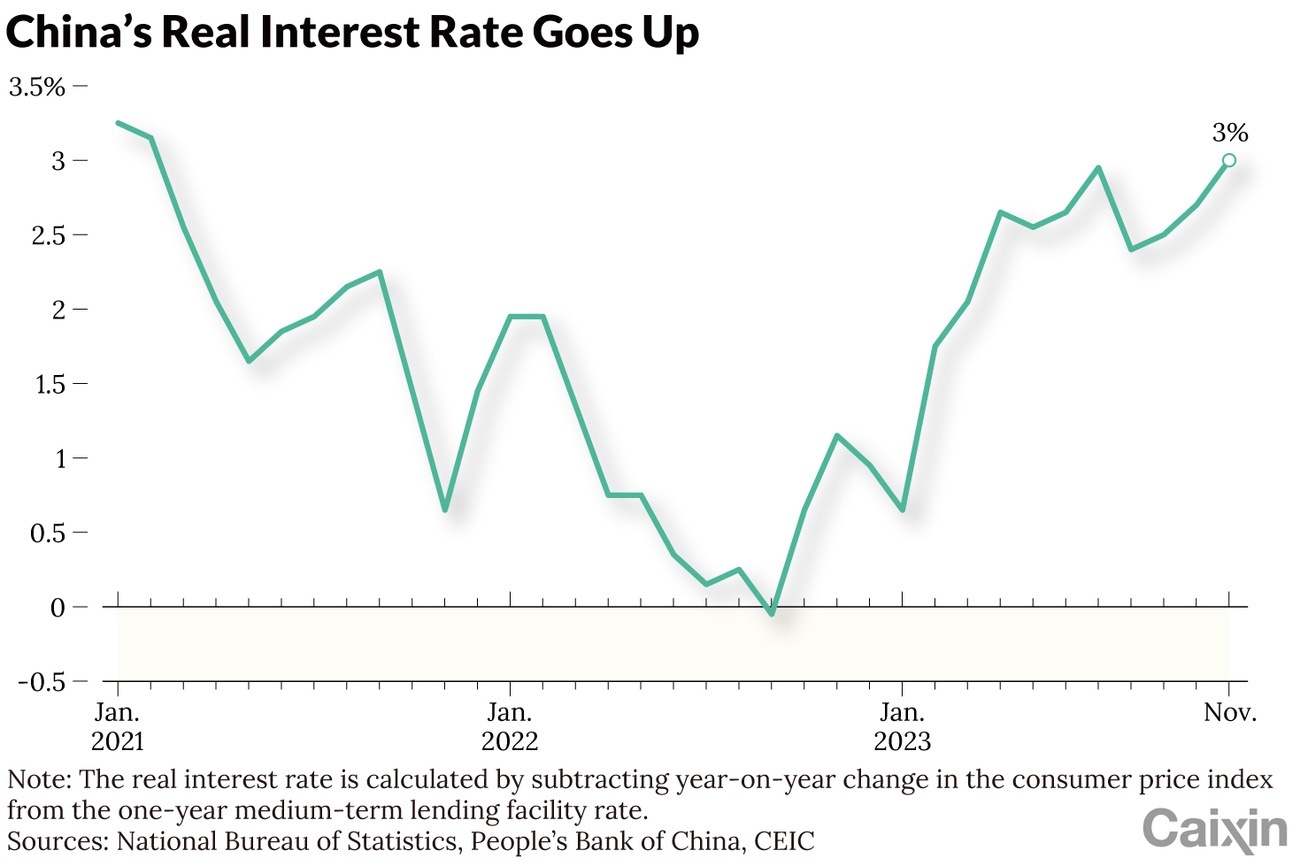Understanding Policy Rates: How Central Banks Control The Economy

The policy rate in Argentina reached a staggering 100% in 2023, while Japan managed to keep its rates at -0.10%. These stark contrasts show how different central banks use this economic tool worldwide.
A country’s central bank sets the policy rate to influence major economic variables. This rate shapes consumer prices, exchange rates and credit availability throughout the economy.
Central banks adjust these rates based on economic conditions. They increase rates to combat inflation or reduce them to boost economic growth. The Euro Area demonstrates this approach clearly – its policy rate rose substantially from 0.00% in 2020 to 4.50% in 2023.
You might notice your mortgage payments climbing when central banks tighten monetary policy. This happens because policy rates and interest rates are closely connected.
- Policy rates are central bank-set interest rates used to control inflation, economic growth, and credit conditions.
- They influence all other interest rates, including consumer loans, mortgages, and savings rates, but not always directly.
- Raising policy rates curbs inflation, while cutting them stimulates growth—seen in recent U.S. and Eurozone rate hikes.
- Adjustable-rate loans and market expectations react fastest to rate changes, affecting mortgage costs and investment planning.
- Central banks analyze inflation, employment, and forecasts to decide when to raise or cut rates.
- Rate changes impact consumer spending, savings, and business investment, with long-term effects on productivity and output.
- Limitations include time lags, liquidity traps, and zero-rate boundaries, often requiring additional tools like quantitative easing.
What Are Policy Rates and Why They Matter

Image Source: Caixin Global
The policy rate is the life-blood of central banks’ monetary toolbox that affects economic conditions. This simple mechanism explains why your savings account pays so little and why your mortgage payments might have shot up.
Policy rate definition in simple terms
A policy rate is the interest rate a central bank sets to meet its monetary policy goals. Banks use this rate when they borrow from the central bank or from each other overnight.
The United States calls this the federal funds rate. Banks charge this rate to each other when they lend overnight reserve balances.
Each country names its policy rates differently. You’ll find three main types: the refinancing rate (the most talked about), the deposit rate (what banks earn on their reserves), and the discount/marginal lending rate.
Policy rates help control inflation and manage economic activity. Central banks raise these rates to slow down money flow when inflation climbs too fast.
How policy rates differ from regular interest rates
Policy rates and consumer interest rates work together but aren’t the same thing. The policy rate changes how much banks pay for short-term credit, which then shapes various consumer interest rates.
Banks adjust their short-term loan rates faster when the federal funds rate changes. On top of that, these changes affect floating-rate loans right away, including many personal and business credit lines.
Regular consumer interest rates don’t copy policy rates exactly. The 10-year Treasury yield, not the federal funds rate, usually guides fixed-rate mortgages.
The difference between 10-year Treasury yields and 30-year fixed mortgage rates usually runs 1.5 to 2 percentage points. So mortgage rates sometimes move on their own, regardless of policy rate changes.
Ground example: how a rate hike affects home loans
The sort of thing I love happened in early 2022. The Federal Reserve hinted at tighter money policy, and the average 30-year fixed mortgage rate jumped from 3.3% to 4.27% by mid-March. The federal funds rate only went up by a quarter point.
Mortgage rates climbed to 5.36% by May 2022 after the Fed announced a 50 basis point hike. Markets often build in expected rate changes before they happen.
Adjustable-rate mortgages (ARMs) feel these changes more directly. ARM rates usually link to the Secured Overnight Financing Rate (SOFR), which moves with the federal funds rate. ARM payments typically go up at the next adjustment when policy rates rise.
Higher interest rates make borrowing cost more everywhere. Potential buyers can afford less house for the same monthly payment, which cuts housing demand.
Yes, it is true that these effects reach beyond current homeowners. The housing market slows down when central banks raise rates to fight inflation. Fewer people qualify for loans, and houses become less affordable.
How Central Banks Set Policy Rates
Central banks around the world set policy rates to maintain economic stability through careful analysis and intervention.
Role of inflation and employment targets
Central banks in advanced economies have clear inflation targets that shape their policy decisions. The Federal Reserve wants to achieve 2% inflation long-term, which they measure by tracking annual changes in personal consumption expenditures price index. This target helps people and businesses make better decisions about saving and investing by giving them a stable reference point.
The 1970s saw inflation rates close to double digits. This taught central banks how crucial it was to control inflation through monetary policy. All the same, many nations consider employment just as vital. The Federal Reserve’s dual mandate focuses on promoting both maximum employment and stable prices.
Monetary policy interest rate tools used by central banks
Central banks use several tools to put their rate decisions into action:
Open market operations – buying or selling government securities to affect money supply
Discount rate – interest charged on loans to banks
Reserve requirements – controlling how much banks can lend
Interest on reserve balances – payments on funds banks hold at the central bank
Banks charge each other interest for overnight loans – this federal funds rate serves as the main target. Changes to this rate ripple through other interest rates in the economy.
How central banks decide when to raise or cut rates
Economic indicators and forecasts drive these decisions. Central banks raise rates when inflation climbs too fast to slow growth and ease inflation pressures. They lower rates during economic downturns to boost activity.
The Federal Open Market Committee (FOMC) looks at many labor market indicators to figure out the maximum employment level. Central banks study how their previous policy changes affected the economy, since monetary policy usually takes one to two years to show its full impact.
The challenge lies in balancing these mandates carefully. Keeping rates too low for long periods can lead to excessive growth and speculation. Setting them too high might completely halt economic growth.
How Policy Rates Influence the Economy
Policy rates work as economic levers that create ripple effects through the economy. These changes affect everything from your personal finances to how global markets move.
Impact on consumer spending and saving behavior
Policy rate changes directly shape how people manage their money. People cut back on spending, especially big purchases like homes and cars, when central banks raise rates.
Banks start offering better returns on deposits with higher rates. Recent surveys show that people facing higher interest rates plan to cut their debt, save more money, and reduce their spending.
Lower rates lead to increased consumer spending because borrowing costs less. This happens because lower rates mean smaller monthly loan payments, which lets people buy more with their income.
Consumer spending makes up about 70% of the U.S. economy, which means policy rate decisions have a major effect on economic activity.
Effect on business investment and credit availability
Businesses respond to interest rate changes just like consumers do. Companies invest more in expansion and buy new equipment when rates drop because borrowing costs less.
Cheaper financing helps businesses take on projects that wouldn’t make financial sense otherwise. Banks become more willing to lend money, which increases credit availability throughout the economy.
Higher rates make businesses think twice about their investment plans. They often delay or scale back long-term projects and focus on investments that pay off faster with better returns.
The largest longitudinal study shows that tight monetary policy leaves lasting marks. A 1% rate increase can lower output by about 5% after 12 years because of reduced productivity and less capital investment.
Policy rate vs interest rate in financial markets
The policy rate sets the foundation that other market interest rates build on. Changes in the federal funds rate first affect short-term interest rates for other financial tools.
The prime rate changes within hours or days after policy rate announcements. This affects rates that people see on their credit cards, personal loans, and business financing.
Markets often predict policy changes before they happen. Options markets show how investors see risks to future interest rates. The Kansas City Fed’s measure of “policy rate skew” tells us if markets think rates will end up higher or lower than expected.
Market expectations shape everything from mortgage rates to business investment choices, which creates a complex web of economic responses to central bank decisions.
Limitations and Risks of Using Policy Rates
Technical Limitations
Zero Lower Bound: Interest rates can only be lowered nominally to 0%, which limits central banks when rates are already low. This constraint becomes particularly problematic during severe economic downturns.
Time Lag Effects: Even when implemented quickly, the effects of interest rate changes may take months or even years to fully materialize in the economy.
Diminishing Effectiveness: The effectiveness of policy rate adjustments can diminish with repeated use, particularly at very low rates.
Economic Risks
Risk of Hyperinflation: When interest rates are set too low for too long, over-borrowing at artificially cheap rates can occur, potentially causing speculative bubbles and excessive inflation.
Liquidity Trap: Keeping rates very low for prolonged periods can lead to a liquidity trap, where monetary policy becomes less effective.
Financial Instability: Rapid changes in policy rates can contribute to financial market volatility and potential instability.
Implementation Challenges
Broad Economic Impact: Monetary policy tools affect the entire economy and cannot be targeted to specific sectors, regions, or problems that might need stimulus differently.
Exchange Rate Complications: A country’s interest rates affect its currency value, limiting monetary policy independence for countries with fixed exchange rates.
Political Pressures: Despite central bank independence, there can be political pressure to maintain certain policy rates that may not be economically optimal.
Structural Constraints
Limited Scope: During significant economic crises, conventional monetary policy tools like interest rate adjustments may be insufficient, requiring unconventional measures like quantitative easing.
Dependency on Banking System: The effectiveness of policy rate changes depends on a well-functioning banking system to transmit these changes to lending rates for businesses and consumers.
